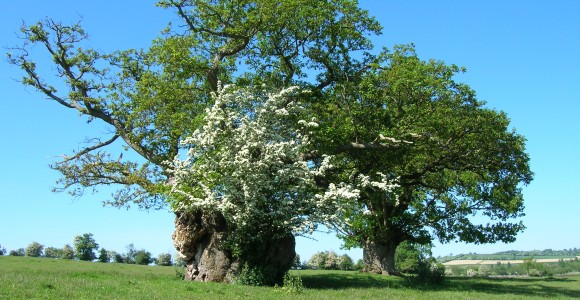Biodiversity is short for “biological diversity”. Biodiversity is everywhere. It occurs both on land and in water, from high altitudes to deep ocean trenches and it includes all living things, from microscopic bacteria to more complex plants.
For more than 3,500 million years, living things have evolved; from the first single celled bacteria and algae through to plants, dinosaurs, mammals and humans. Living things are always changing and finding new ways to live. New species evolve to make use of available resources and so build up complex relationships with the other species around them.
These relationships build ecosystems where each animal or plant relies on the others to provide the necessary requirements for life: food, space to live and the means to reproduce the next generation.
The diversity of conditions in the natural environment provides numerous opportunities for different species to find the place they are most suited to live – their habitats.
The diversity of species helps to ensure that ecosystems are healthy and that species can continue to evolve as conditions change. The genetic diversity between individuals of each species helps to make each generation strong enough to be able to evolve and adapt.
